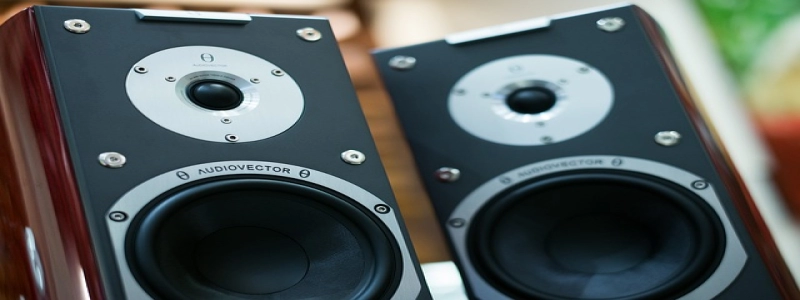What Are Wavelengths Measured in?
Introducción:
Wavelength is an essential concept in the field of physics and optics. It refers to the distance between two consecutive peaks or troughs of a wave. Understanding the measurement units used for wavelengths is crucial for accurately describing and analyzing various types of waves. En este articulo, we will delve into the topic of what wavelengths are measured in and explore the different units commonly used in this context.
1. The Fundamental Unit: Meters (metro):
The fundamental unit for measuring wavelengths is meters (metro). As a wavelength represents a physical distance, it is logical to express it in terms of meters. In many scientific disciplines, such as physics and engineering, wavelengths are predominantly measured and reported using this unit. For example, when describing the wavelengths of electromagnetic waves or acoustic waves, scientists typically express them in meters.
2. Light and Electromagnetic Waves:
In the field of optics, wavelengths play a crucial role and are commonly associated with light and other electromagnetic waves. The measurement of light wavelengths is particularly significant in studying phenomena such as color perception, diffraction, and interference. In this context, besides meters, an alternative unit called nanometers (Nuevo Méjico) is often used for convenience. One meter is equivalent to one billion (1,000,000,000) nanometers. Thus, it’s more manageable to express light wavelengths in terms of nanometers rather than meters. For example, the visible spectrum of light ranges from approximately 400 Nuevo Méjico (violet) to 700 Nuevo Méjico (red).
3. Radio Waves and Hertz (Hz):
Radio waves, a type of electromagnetic wave commonly used in telecommunications and broadcasting, are measured in terms of their frequency rather than their wavelength. Sin embargo, wavelength and frequency are inversely related, meaning that as the frequency increases, the wavelength decreases. In the field of radio communication, the unit used to describe the frequency is Hertz (Hz). Hertz represents the number of wave cycles completed per second. Therefore, in some cases, scientists and engineers may refer to wavelengths in terms of the frequency in Hertz rather than explicitly stating the physical distance in meters.
4. Sound Waves and Hertz (Hz):
Similar to radio waves, sound waves are also measured in terms of their frequency instead of their wavelength. In the case of sound, the unit used to represent frequency is also Hertz (Hz). Since sound waves are longitudinal waves, they require a medium (e.g., air or water) to travel through. The wavelength of a sound wave is directly related to its speed and frequency. Sin embargo, in most practical scenarios, when discussing sound wavelengths, scientists and practitioners tend to focus more on the audible range of frequencies than explicitly stating the corresponding wavelengths.
Conclusión:
Wavelengths are fundamental to understanding various types of waves, including light, radio waves, and sound waves. The measurement units used for wavelengths depend on the specific context in which they are being discussed. While meters serve as the primary unit for scientific analysis, nanometers, and Hertz also find their applications in optics, radio communication, and acoustics. By comprehending these units, scientists and engineers can accurately quantify and describe the characteristics of waves, leading to significant advancements in numerous fields.








